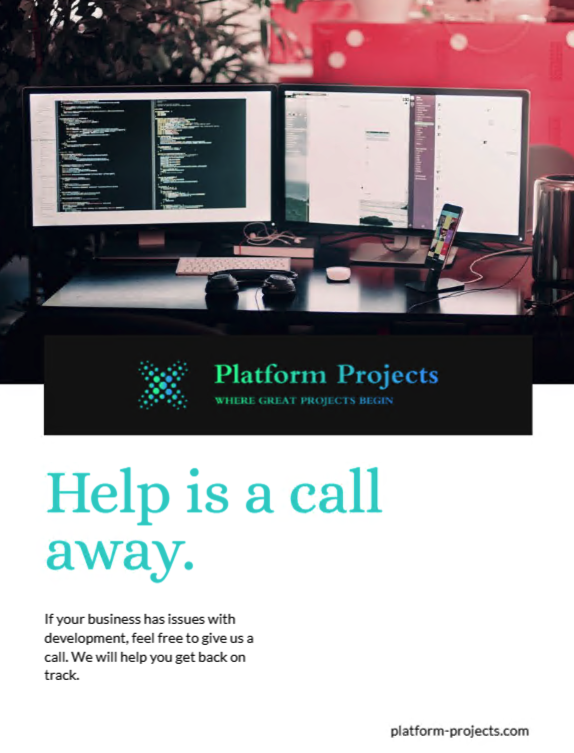AI that accelerates DevOps and operations.
We integrate AI into your workflows to cut alert noise, summarize incidents, and auto‑document your infrastructure — so your team ships faster with fewer firefights.
From ChatOps to self-healing pipelines, we add practical AI where it moves the needle today.
Incident summarization (OpenAI API integration)
ChatOps assistant for Slack/Teams
Runbook generation from IaC
Pipeline optimization hints
Documentation copilot
Knowledge graph for services and incidents

We provide best solution for your business
Reduce alert fatigue and MTTR
De-duplicate noise, route intelligently, and give instant incident context to speed resolution.
Standardize remediation with AI‑drafted runbooks
Create consistent, up‑to‑date playbooks so responders follow proven steps.
Keep docs fresh from code and infra changes
Auto‑generate and sync documentation from commits, PRs, and IaC diffs.
Boost developer throughput with contextual answers
Surface the right snippet, dashboard, or command in the tools devs already use.
Improve release quality with pipeline insights
Detect flaky tests and bottlenecks, recommend fixes, and reduce failed deploys.
Trusted by many companies










what clients say
“Their AI runbooks auto-triage 60% of our incidents now. MTTR dropped from hours to minutes.”
Emma Sullivan
SRE Manager, Logistics (UK)
what clients say
“We automated repetitive support tasks with LLM-driven workflows—saved our team dozens of hours each sprint.”
Diego Fernández
Head of Support Engineering, B2B SaaS (Argentina)
what clients say
“Great balance of accuracy and guardrails. The automations are observable, explainable, and easy to iterate.”
Aiko Matsuda
Data & ML Lead, Insurance (Japan)
what clients say
“Built a smart pipeline that predicts capacity spikes and provisions ahead of time. No more surprise throttling.”
Chen Wei
Cloud Architect, Streaming (Singapore)
what clients say
“The chatbot-to-ticket flow reduced manual escalations by 40%. Our engineers finally focus on the hard problems.”
Nora O’Connell
DevOps Lead, Marketplace (Ireland)
How It Works
Steps:
- Discovery: Map critical workflows, tools, and KPIs (MTTR, change failure rate, lead time).
- Design: Pick high‑ROI automations and integration points.
- Implement: Wire AI into chat, CI/CD, observability, and knowledge bases.
- Validate: A/B test, measure impact, and harden guardrails.
- Scale: Roll out to more teams and codify playbooks.
30–60% reduction in alert volume
Correlation and de-duplication cut noisy alerts before they page on-call.
20–40% faster MTTR
Instant incident summaries and “what changed?” context speed triage and fix.
70–90% of incidents get first‑draft timelines
2–4x faster runbook creation
25–50% fewer flaky test failures
Pattern detection pinpoints flaky suites, leading to fewer red pipelines.
10–25% shorter CI durations
Cache hints, parallelism suggestions, and step pruning reduce build times.
60–80% of repetitive support questions deflected
ChatOps answers common “how do I…?” queries with cited sources.
Near‑real‑time docs freshness
Docs and change logs update within minutes of merges or infra changes.
15–30% reduction in ticket resolution time
Suggested next actions and linked runbooks accelerate L1/L2 workflows.
Improved on‑call experience
Fewer false pages, clearer summaries, and guided actions reduce burnout and turnover.
Need a hand
Contact
General: hello@platform-projects.com
Sales: sales@platform-projects.com
Support (24/7): support@platform-projects.com


